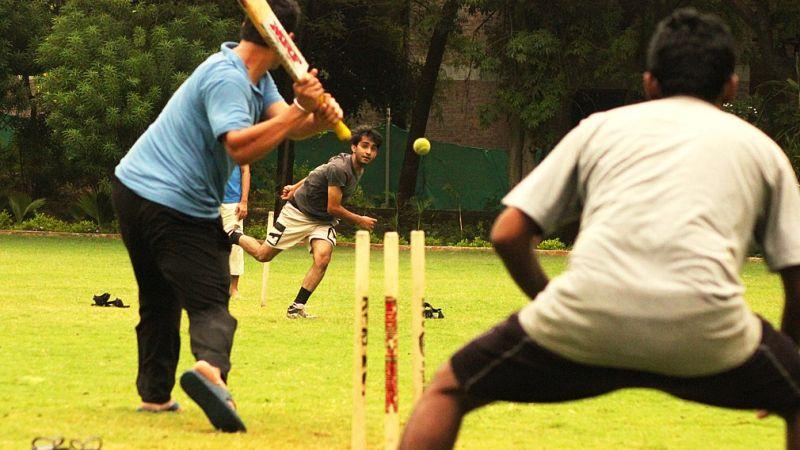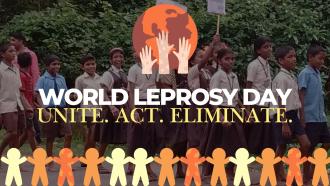
India, with 3 in 4 kids not exercising enough, still fares better than most countries.
Do you recollect your childhood days playing gully cricket or doing some household chores? Well, time to thank those days. Studies have shown that an active lifestyle, adopted early on in life, improves the health of the heart, muscles and bones, and helps maintain a healthy weight in the future. The World Health Organisation (WHO) recommends 60 minutes or more of moderate to vigorous daily physical activity for adolescents for optimum health benefits.
With physical inactivity being the leading cause of diseases and disability, the member states of the WHO agreed to act on increasing the activity time for children and adults. In 2018, they signed the Global Action Plan on Physical Activity (GAPPA), aimed to reduce the prevalence of insufficient physical activity by 15% by 2030. However, inadequate data on the prevalence of physical inactivity hinders any steps to address this issue.
Now, a new study by researchers at the WHO attempts to throw some insight into how many boys and girls, between the ages of 11-17 years, are physically active across the globe. The study, published in the journal The Lancet Child and Adolescent Health, analysed data from 1.6 million students in that age group during the years 2001-2016. It found that most adolescent boys and girls—four in five—aren’t as physically active as they ought to be in 2016.
“Our data show that the majority of adolescents do not meet physical activity guidelines, putting their current and future health at risk,” say the researchers on their findings.
Although boys fare a little better than girls—with a prevalence of physical inactivity at 77.6% vs 84.7% for girls—the overall data shows a dismal lack of physical activity across the globe.
Worldwide trend and gender gap
The researchers analysed the data at a global, regional and national level. The results showed no clear pattern between the levels of physical activity and the income of the country. About 84.9% adolescents in low-income countries, 79.3% in lower-middle-income countries, 83.9% in upper-middle-income-countries and 79.4% in high-income countries were physically inactive. Singapore and South Korea—labelled high-income Asia Pacific countries—had the highest prevalence of overall insufficient physical activity.
In contrast, high-income western countries and South Asia had more physically active adolescents. In India, about 71·8% of boys and 76·3% of girls were found to be physically inactive in 2016, with an overall prevalence of 73.9. [See graph below] Bangladesh had the lowest levels of inactivity among boys and girls aged between 11-17 years in the world, with an overall 66.1%.

The prevalence of physical inactivity among adolescents in India [Data Source]
The results also show a vast difference between the activity levels of boys and girls over time. Across all regions, girls were less physically active than boys. Compared to 2001, the prevalence of physical inactivity among boys saw a decline from 80.1% to 77.6%, and these values did not change significantly for the girls. The Philippines had the highest prevalence of inactivity among boys, and South Korea was the highest among girls in 2016.

Prevalence of insufficient physical activity among school-going boys aged 11–17 years, 2016 [Image Source]

Prevalence of insufficient physical activity among school-going girls aged 11–17 years, 2016 [Image Source]
Why high levels of inactivity?
Physical inactivity, among adults, has also seen increasing trends in recent years, and is dependent on the country income level, unlike the trend among adolescents. The researchers speculate that increased opportunities at school and in the community for children, especially boys, to be active in high-income countries could be the reason for this trend.
Since the current study analyses school-going adolescents only, the researchers also point out that these kids may be more focused on academic achievement rather than physical education and sports.
“The low priority given to physical activity within the context of some schools and parental attitudes is a frequently cited barrier as it reduces the support and opportunities available to adolescents,” say the researchers.
In countries like Bangladesh and India, boys engage themselves in playing sports like cricket in local communities, keeping them active. For the girls in these countries, their involvement in domestic chores and in other activities that support the family keeps them physically active, say the researchers. In the US, school curriculum includes structured games, and the presence of sports club see higher participation from boys.
Although this study is based on self-reported data from only school-going adolescents across different age groups, it does highlight the fact that the world may not meet the GAPPA target of a 15% relative reduction in insufficient physical activity by 2030. The researchers recommend identifying, understanding, and intervening on the causes that lead to low levels of participation in physical activities and differences between sexes.
“Young people have the right to play and should be provided with the opportunities to realise their right to physical and mental health and wellbeing.” argue the researchers.
The troubling fact that four in every five adolescents do not experience the enjoyment and social, physical, and mental health benefits of regular physical activity “is not by chance, but a consequence of political choices and societal design,” they point out. With the health of future generations at stake, it is time for policymakers and stakeholders to act.

























